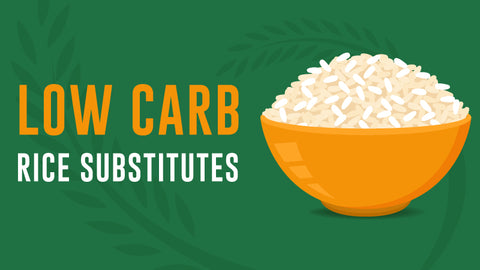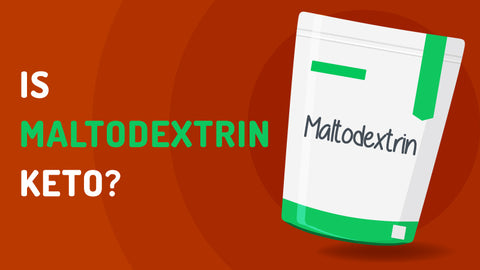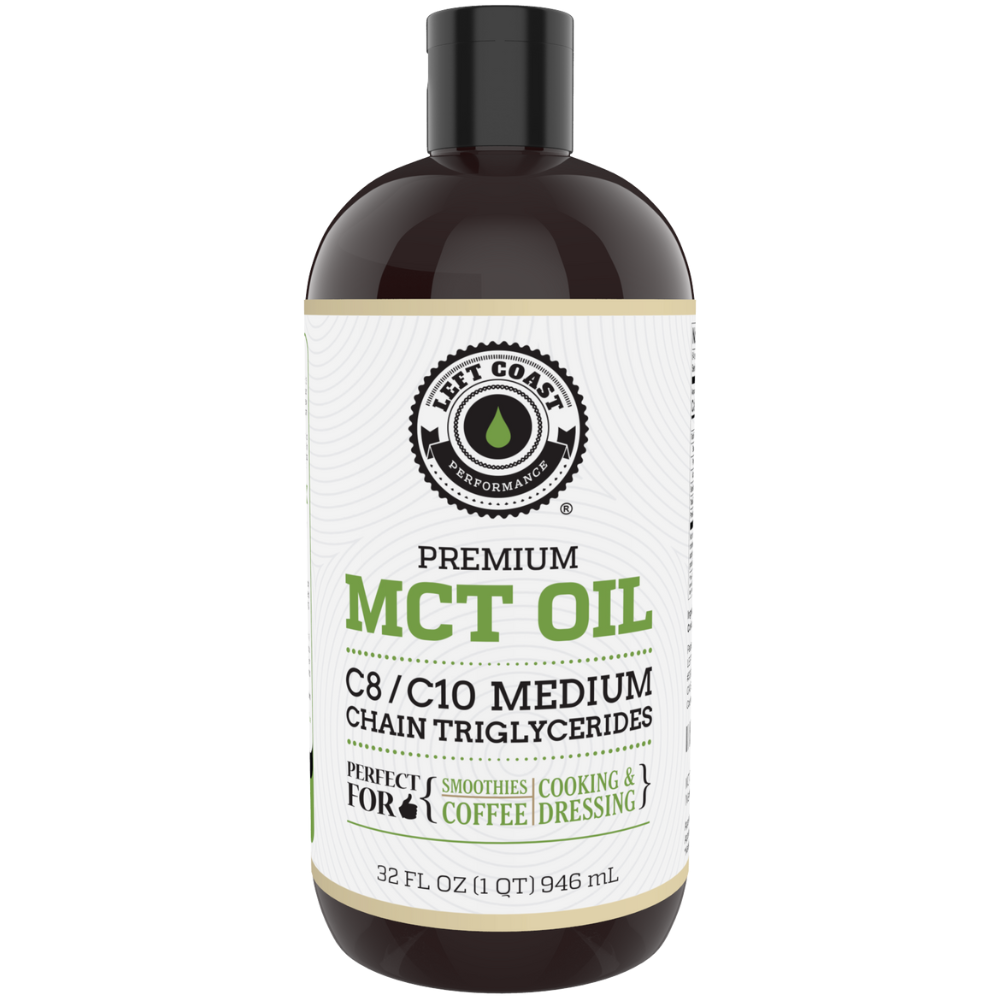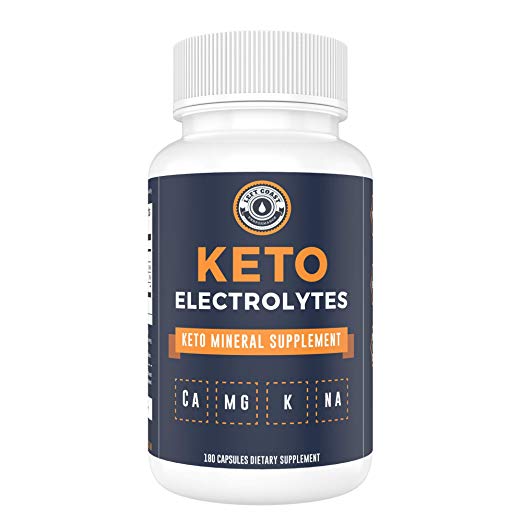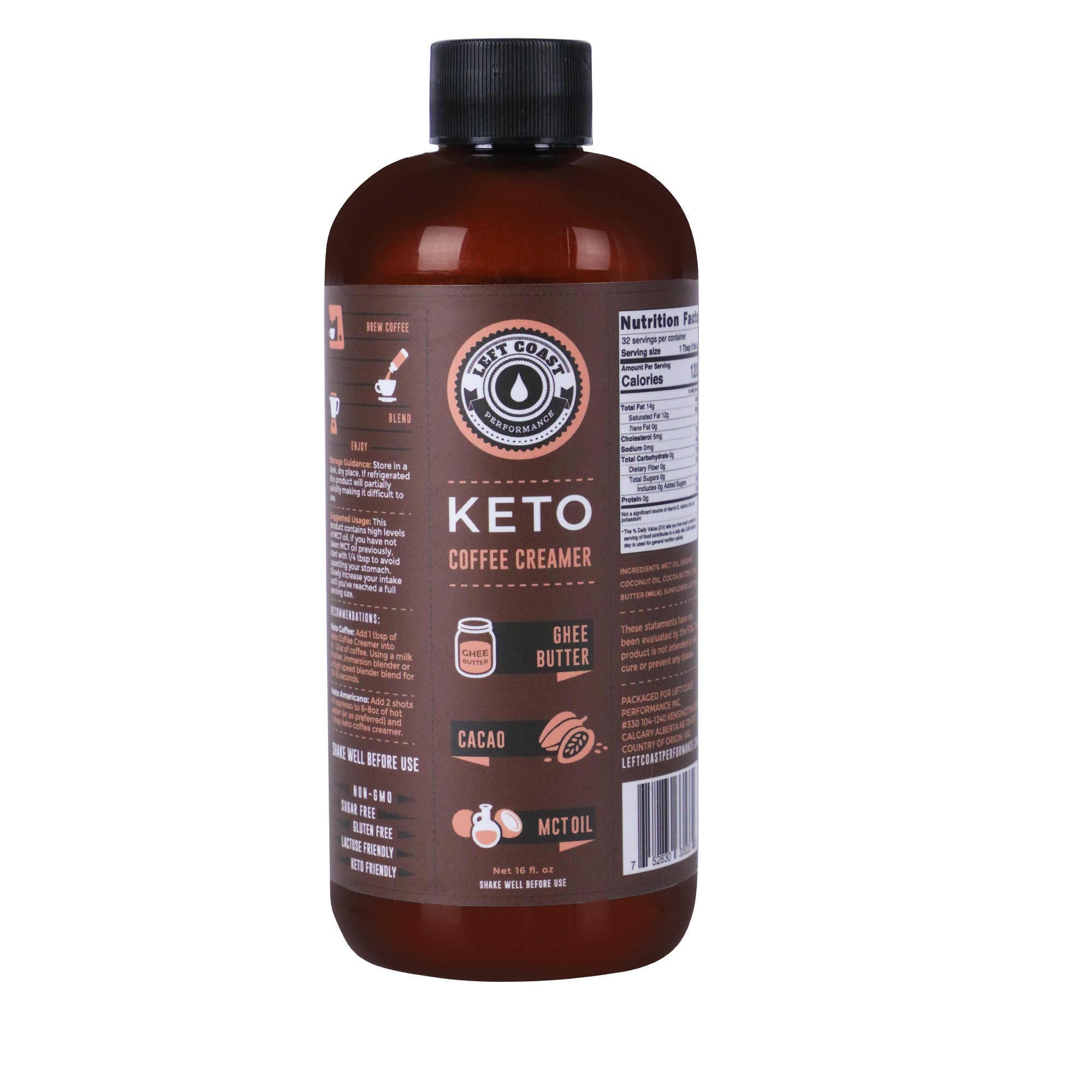Bulking on Keto: Details You Need to Know
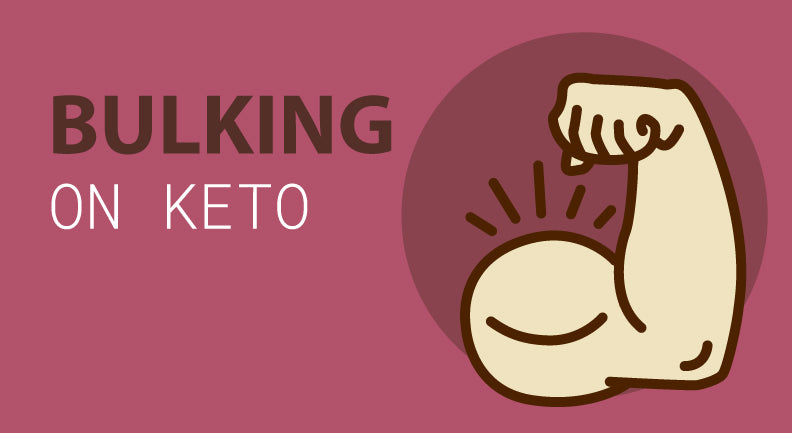
on July 11, 2019
It’s a common question among people exploring the ketogenic diet: can you build a significant amount of muscle without consuming many carbs?
Whether you’re a bodybuilder or simply looking to improve your physique by increasing muscle mass, you’re in luck: not only is bulking on keto possible, but the ketogenic diet presents an ideal environment for gaining muscle mass while keeping fat to a minimum.
In this article, we’ll explain the science behind bulking on keto and share a few tips for building muscle mass without loading up on carbs.
Keto, Protein, and Carbs
Traditional bodybuilding intel is built around the theory that carbs are required to build muscle. The thinking is that you need the glycogen from carbs to spike your body’s insulin levels and create an anabolic response, which results in the formation of muscle.
While this method does work, it’s not the only way to bulk up. When done correctly, you can use a combination of strategic fat and protein consumption in conjunction with strenuous weight-bearing exercise to build muscle, too. This is where the keto diet comes in.
On the ketogenic diet, the majority of carbs in the diet are replaced with fat and protein. When we restrict our carb intake, the body enters what’s known as ketosis, a state where the body burns fat to make ketones, which are used as fuel. The key to bulking on keto is to train your body to use fat and protein as its main energy source instead of carbs.
This takes time. Many bodybuilders give up on keto because their workouts often suffer during the adaptation phase, as their body transitions away from using carbs for fuel. They may feel weak and easily tired--a period some refer to as the “keto flu.”
If you can push past this phase and stay the course, though, your body will adapt to being in ketosis and you’ll be able to successfully start using protein and fat to build muscle mass.
For optimal muscle growth on the keto diet, you need protein--and a lot of it. Keto dieters who are bulking should consume at least a gram of protein per lean pound of body mass per day, and possibly more. The remainder of your daily calories should come from healthy fats and very minimal carbs.
Here’s another key to bulking on keto: you need to consume enough calories. The ketogenic diet reduces hunger, which means that once you enter ketosis you might not feel compelled to eat as much as you normally would. To bulk successfully, you’ll need to carefully track your caloric intake and aim to consume between 150 to 500 calories more than your normal daily intake.
Electrolytes Are the Key
You’ve probably heard about electrolytes in general terms and know they’re a good thing for your body, but what are they, exactly? Electrolytes are minerals that aid with the function of our nerves, tissues and muscles.
You probably know electrolytes by their more common names like calcium and potassium. Electrolytes are essential to our survival, and when they become imbalanced it can throw our performance out of whack.
One of the important things to know about the ketogenic diet is that it affects the way our body processes electrolytes. As our carb intake decreases, more electrolytes are secreted from the body in urine, which can cause an imbalance.
Since electrolytes are a key component of successful muscle building, it’s important to understand how to correct this imbalance.
You can prevent the effects of imbalance by making sure you’re getting plenty of electrolytes, specifically from sodium, potassium, calcium, and magnesium. Some keto-friendly foods that are high in electrolytes include:
- Spinach
- Kale
- Broccoli
- Avocado
- Full-fat yogurt
- Cheese
- Salmon
- Almonds
In addition to consuming electrolyte-rich foods, you can increase your electrolyte intake through supplements like our Keto Electrolytes. While you shouldn’t rely on supplements as your primary source of electrolytes, they’re an additional tool to help you avoid the negative side effects that come from an electrolyte imbalance while bulking.
How Do You Build Muscle?
Now that you understand the basics of bulking on keto, let’s talk in specifics about how to build muscle.
When you lift a heavy weight, it puts stress on your muscles and creates tiny tears in the muscle fibers. During a workout, you’re essentially tearing down your muscles. It’s during recovery, not your workout, that the actual muscle growth occurs.
During recovery, your body repairs your muscles at the cellular level by building new muscle strands, or myofibrils. The repaired myofibrils increase in thickness, which results in what we visibly perceive as muscle growth.
So, to build muscles, you must stress your muscles by lifting heavy weights and give them appropriate recovery periods to grow bigger and stronger.
If you want to build significant muscle mass, it’s more about the amount of weight than the number of reps. Doing a high number of reps with a lighter weight will help you tone your muscles, but it isn’t impactful enough to result in big muscle mass gains.
Your success will lie in lifting increasingly heavier weights over time. The key word here is time. You can’t achieve bodybuilder-level growth overnight.
To increase the rate at which you build muscle, focus on compound exercises. Unlike isolation exercises, which target a single muscle or muscle group (i.e. a bicep curl), compound exercises work multiple muscle groups at the same time.
Some examples of compound exercises are deadlifts, squats, overhead press, dumbbell lunges, and barbell bench press.
Good Keto Diets for Bulking Up
When it comes to bulking, not all approaches to the keto diet are created equal. Here are two keto variations that are good options for those looking to gain muscle mass.
OMAD Keto
OMAD stands for One Meal A Day. OMAD is a type of intermittent fasting that consists of eating all your calories in one sitting, either as one meal or in a small two to three-hour window. The rest of the day is spent fasting.
Some bodybuilders swear by OMAD as a way to bulk up without gaining an excessive amount of fat, which can sometimes be an unintended side effect of bulking. OMAD keto followers report more energy, almost non-existent hunger, improved sleep, and greater endurance.
Targeted Keto Diets (TKD)
In the standard ketogenic diet (SKD), followers will aim to consume between 30 and 50 grams of net carbs eaten throughout the day. In the targeted ketogenic diet (TKD), carbs are eaten directly before a workout in order to give the body a little more fuel to push through a challenging gym session.
Some people who are on a carb-restricted diet feel they simply don’t have enough energy that bulking workouts require. TKD may be an ideal variation for people who are bulking because it offers a way to maintain the high-intensity workouts needed to build muscle while not interrupting ketosis. TKD is best for people who have already been following the keto diet long enough to be in a consistent state of ketosis.
Tips for Fueling Your Workouts
We talked above about the nutritional considerations that come with bulking on keto: eating plenty of protein and consuming enough calories. Here are a few tips for fueling your workouts on a low-carb diet.
Eat Quality Protein In High Quantities
If you’re bulking on keto, protein is your new best friend. Consume plenty of high-quality protein each day. Some great keto staples are steak, ground beef, pork chops, chicken breast, sausage, bacon, and whole eggs.
Don’t forget about protein shakes (link to article on protein shakes when published), which can supplement your protein intake from food.
Fat Is Vital
While we’ve talked a lot about protein, let’s not forget the staple fuel of the ketogenic diet: fat. Fat is going to be crucial to helping you reach a sufficient number of calories each day while bulking.
Saturated fats, monounsaturated fats, and some polyunsaturated fats are the ones you want to reach for. Good sources of fats for keto dieters include butter, lard, coconut oil, fatty fish, macadamia nuts, brazil nuts, avocado, and MCT oil, as well as fatty cuts of meat like bacon and ribeye.
Avoid trans fats, which are processed fats that occur in many fried foods, packaged snacks, and baked goods. Trans fats are known to raise bad cholesterol levels and contribute to an increased risk of heart disease.
Pay Attention To Your Body And Adjust As Needed
The most important rule for any diet is to be mindful of the unique needs of your body. What works for one person might not necessarily work for another. Though your friend may get by just fine with an OMAD approach when bulking, you might find you need more fuel and the standard approach to keto is a better fit.
Pay attention to what your body is telling you and adjust accordingly. Try different ratios of fat to protein and different amounts of electrolytes to analyze what helps you perform your best. And, as always, talk with your doctor before starting a new diet and exercise regimen.
About Left Coast Performance
Left Coast Performance is on a mission to fuel your ketogenic journey, offering a wide range of keto-friendly products to support you in gaining muscle mass and reducing fat. Our products are made from clean ingredients with no artificial colors or flavors and no fillers. We remove the middleman, offering a direct-to-consumer price that saves you money.
Learn more about the keto diet on our blog and follow us on Instagram for keto lifestyle tips. For more information on Left Coast Performance and to shop our products, visit www.leftcoastperformance.com.


